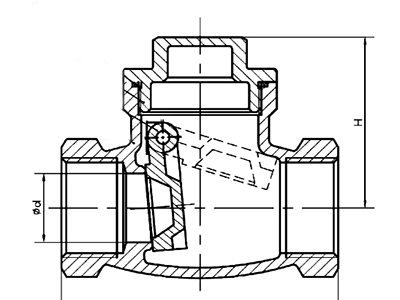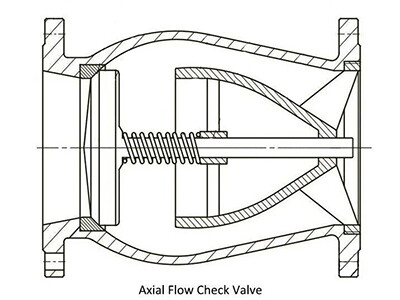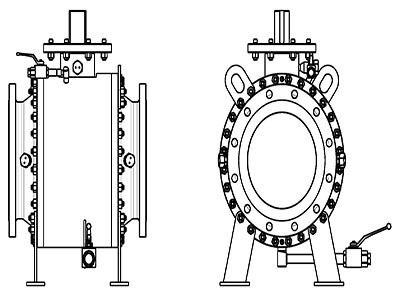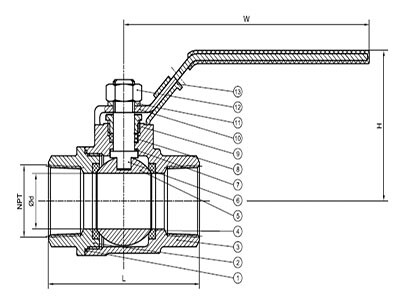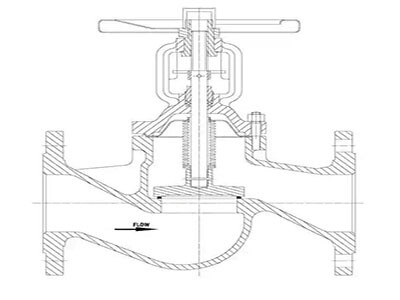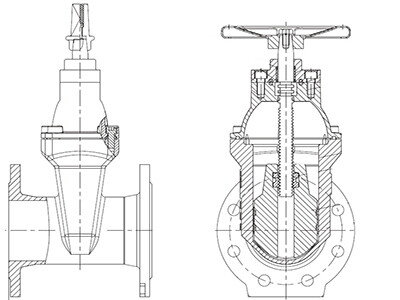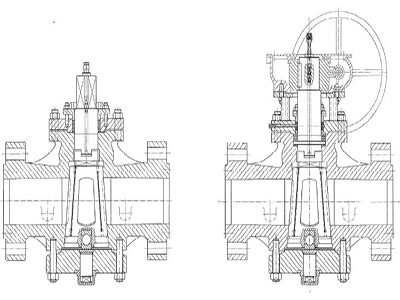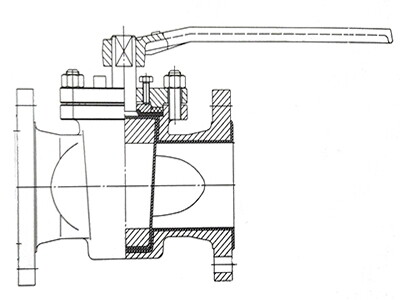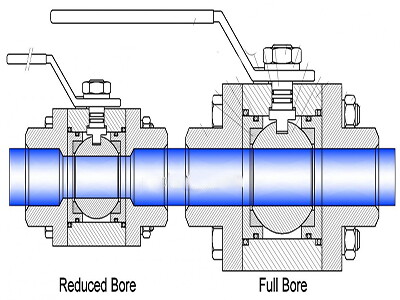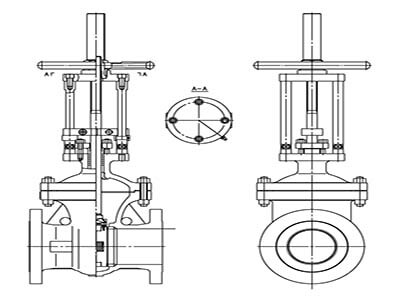Resolving Improper Closure in Industrial Check Valves
In the course of industrial operations, machinery often encounters various challenges over time. One such issue is the improper closure of check valves, which plays a critical role in ensuring the smooth operation and safety of industrial processes. This article delves into the common causes of improper check valve closure and presents effective solutions to mitigate these issues. Factors for Improper Closure in Check Valves Improper closure in check valves, crucial for blocking...
